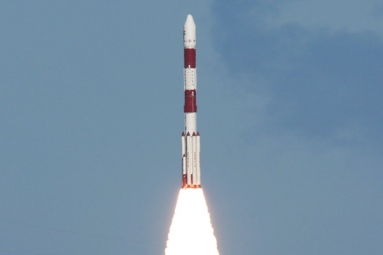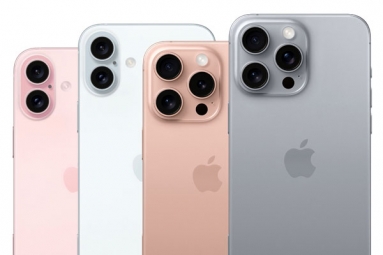
The scientists have generated blood-forming stem cells in the lab, an advancement in the technology which brings them "tantalisingly close" to create a limitless supply of the human blood to treat various types of blood diseases.
The researchers, who used the pluripotent stem cells which can virtually make every cell type in the body, said that the study may help to create the immune-matched blood cells, derived from the patients cells, for the treatment purposes.
"Were tantalisingly close to generating bona fide human blood stem cells in a dish," said George Daley, from the Boston Childrens Hospital in the United States.
Although the cells are made from the pluripotent stem cells, they are a mix of the true blood stem cells and other cells known as the blood progenitor cells, which are capable of generating various types of human blood cells when put into mice, said the researchers.
"This step opens up an opportunity to take cells from patients with genetic blood disorders, use gene editing to correct their genetic defect, and make functional blood cells," said Ryohichi Sugimura, a postdoctoral fellow at the Daley Lab.
"This also gives us the potential to have a limitless supply of blood stem cells and blood by taking cells from universal donors. This could potentially augment the blood supply for patients who need transfusions," said Sugimura.
Since human embryonic stem (ES) cells were isolated in the year 1998, the scientists have been trying, with little success, to use them to make the blood-forming stem cells.
In the year 2007, researchers have generated the first induced pluripotent stem (iPS) cells from human skin cells through the genetic reprogramming.
These cells were later used to generate the multiple human cell types, such as neurons and also heart cells - yet blood- forming stem cells remained elusive.
South Indian Frog Mucus Kills Flu Virus
Researchers combined the two previous methods to successfully generate the hemogenic endothelium, an early embryonic tissue which can eventually give rise to the blood stem cells. The researchers then added the genetic regulatory factors to push the tissue toward a blood-forming state.
Researchers have identified the five candidates (RUNX1, ERG, LCOR, HOXA5, and HOXA9) which were both necessary and sufficient for creating the blood stem cells.
The researchers have transplanted the genetically engineered hemogenic endothelial cells into the mice. Weeks later, a small number of the animals carried multiple types of the human blood cells in their bone marrow and also blood circulation.
These included the red blood cell precursors, myeloid cells (precursors of monocytes, macrophages, neutrophils, platelets, and other cells), and also T and B lymphocytes. Some mice were able to mount a human immune response after the vaccination.
"Were now able to model human blood function in so- called humanised mice. This is a major step forward for our ability to investigate genetic blood disease," Daley said.
Mrudula Duddempudi.












